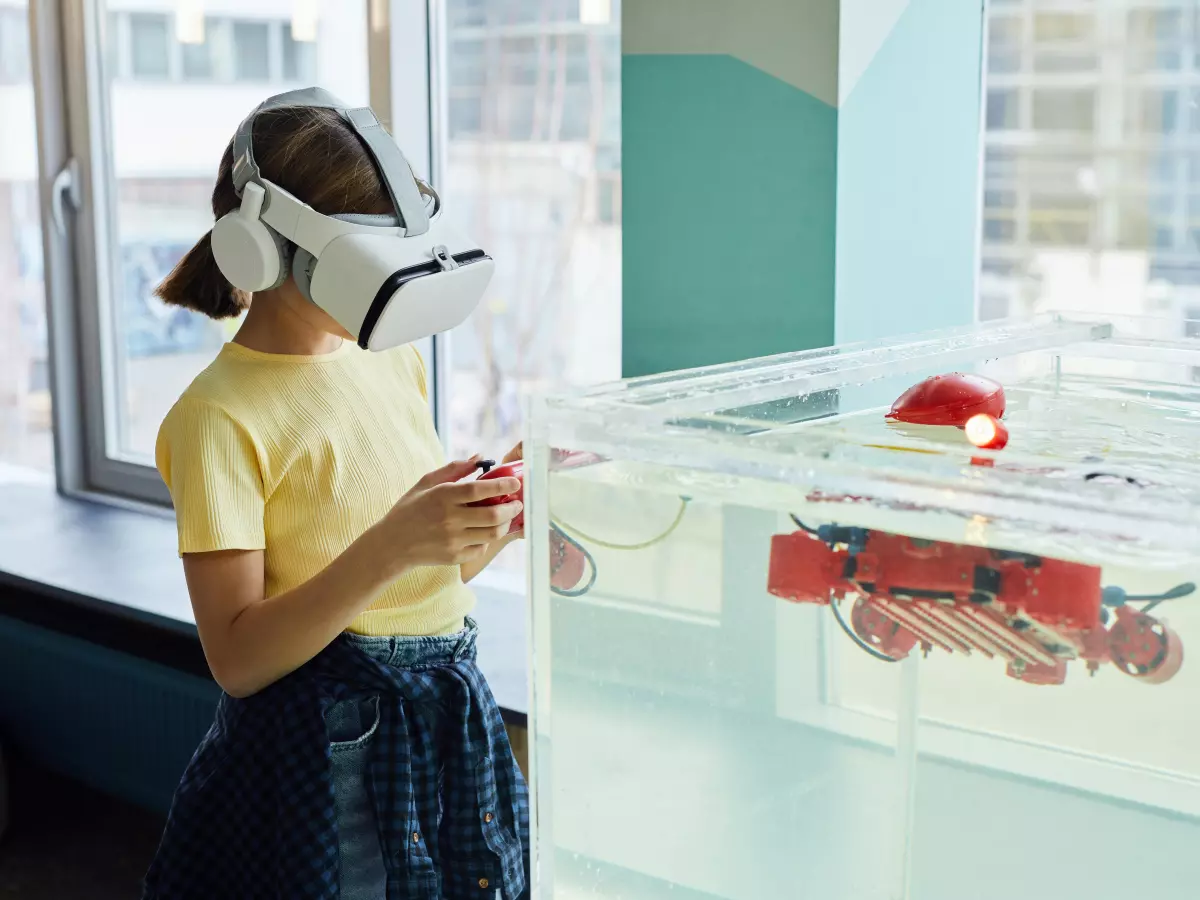Building the Future
Let’s face it: designing autonomous robots isn’t just about slapping some AI onto a metal frame and calling it a day. The hardware is where the real magic happens.

By Liam O'Connor
According to Dr. Rodney Brooks, a pioneer in robotics, “The hardware is the body, and the software is the brain. You can’t have one without the other.” And he’s spot on. While AI and software often steal the spotlight, the hardware is the unsung hero that makes autonomy possible. Without the right design, your robot is just a fancy paperweight.
So, how do you actually design hardware for autonomous robots? Let’s break it down into five crucial steps that’ll get your robot up and running—or, you know, rolling, flying, or swimming.
1. Sensor Selection: The Robot’s Eyes and Ears
First things first: sensors. These are your robot’s eyes, ears, and sometimes even its nose (yes, robots can “smell” chemicals). The type of sensors you choose will depend on the robot’s environment and tasks. For example, LiDAR is great for mapping surroundings in real-time, while ultrasonic sensors are perfect for obstacle detection in tight spaces.
But here’s the kicker: more sensors don’t always mean better performance. You need to balance between the quality of data and the processing power required. Too many sensors can overwhelm your control system, making your robot slower than a dial-up connection. So, choose wisely!
2. Actuators: The Muscles of the Machine
Once your robot knows what’s going on around it, it needs to move. That’s where actuators come in. These are the motors, servos, and hydraulic systems that give your robot the ability to perform physical tasks.
But don’t just throw in any old motor. You need to consider torque, speed, and precision. For example, if your robot is designed for delicate tasks like surgery, you’ll need actuators with high precision and low force. On the other hand, if your robot is meant to lift heavy objects, torque is your best friend.
3. Power Systems: Keeping the Lights On
Now that your robot can sense and move, it needs a power source. This is where things can get tricky. Do you go for batteries, fuel cells, or maybe even solar panels? Each power source has its pros and cons.
Batteries are the most common, but they can be heavy and limit your robot’s operational time. Fuel cells offer longer life but are more complex to integrate. Solar panels? Great for outdoor robots, but not so much for indoor or night-time operations. The key is to match the power system to your robot’s energy needs and operational environment.
4. Control Systems: The Robot’s Nervous System
Here’s where the magic happens. The control system is the brainstem of your robot, managing everything from sensor data to actuator movement. You’ll need to decide between centralized and decentralized control systems. Centralized systems are easier to manage but can create bottlenecks. Decentralized systems, on the other hand, offer more flexibility but are harder to coordinate.
Pro tip: If you’re building a robot for complex tasks like autonomous driving, consider a hybrid approach. Use a centralized system for high-level decision-making and decentralized systems for real-time actions like obstacle avoidance.
5. Structural Design: The Skeleton of Your Robot
Finally, we come to the robot’s body. The structural design is more than just aesthetics; it’s about functionality and durability. You need to consider the materials, weight distribution, and even aerodynamics (if your robot is flying or swimming).
For example, lightweight materials like carbon fiber are great for drones, but they might not be strong enough for industrial robots that need to lift heavy loads. Similarly, a robot designed for rough terrain will need a rugged, shock-absorbing frame, while a robot meant for indoor use can afford to be more lightweight and agile.
And don’t forget about modularity! Designing your robot with interchangeable parts can make maintenance and upgrades a breeze, extending its operational life and saving you a ton of headaches down the road.
The Future of Autonomous Robot Hardware
As we move toward a future where robots are an integral part of our daily lives, the importance of hardware design will only grow. Expect to see more innovations in sensor technology, power systems, and even materials that will make robots more efficient, durable, and—dare I say it—more human-like.
So, the next time someone tells you that AI is the future of robotics, just smile and nod. Because you know the truth: without the right hardware, that AI is going nowhere fast.





